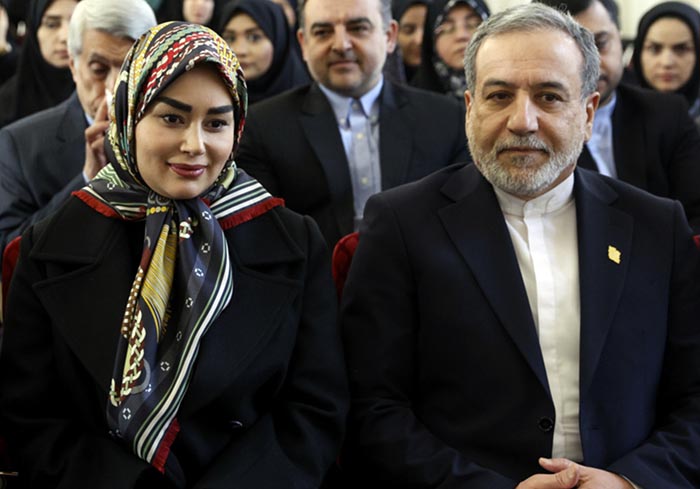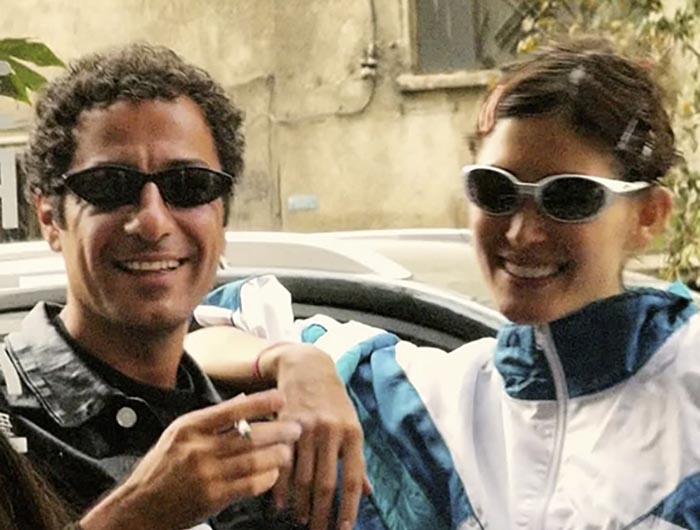The strange fate of Ruhollah Khomeini’s companions after returning: From Qutbzadeh to Batavash
In this famous picture, those present in it, i.e., Ebrahim Yazdi and Sadegh Qutbzadeh, had a strange fate. But there is another person in the picture whose fate may be more strange than others; Gerzhan Batavash, the hostess who was holding Ayatollah’s hand when he disembarked, is the one who is standing next to Yazdi and Qutbzadeh. According to the Islamic Revolution Documentation Center, he was originally from Algeria, immigrated to France, and grew up in a Christian family. After completing his university studies, he was recruited by the French police and married a lady named “Bita Ahi.” The fruit of this marriage is two children. A girl and a boy who are now traveling between America when Imam Khomeini (RA) came to Paris. The French police sent several people to protect him, and Batavash was one of them. After entering Iran, he stayed due to his interest in the revolution. In the text of the document center, it is stated that he has been since then, and according to his own claim, his wife separated from him and left him penniless and homeless, and it is said that he was homeless for years. He died in 1394. Apart from this margin, Batawash also had a bigger margin, and he was labeled as a spy. Hamid Davoudabadi, the author of Holy Defense, writes about Batawash: “At the beginning of December 1381, that is, 7 years ago, Shahrukh Sultan Ahmadi, the niece of Kazem Akhwan, a reporter of the Islamic Republic News Agency, was killed on July 14, 1361, along with Ahmad Metuslian, Taqi Rastgar, and Seyed Mohsen Mousavi in Lebanon by Phalangist forces. The mercenary of the occupying Quds regime was captured. He said that Seyed Raed Mousavi, the son of Seyed Mohsen, gave the phone number of a French person who claims to have new information about four hostages. According to him, the name of this person is Reza Batawash (and his French name is Gerard Jean Fabin Batawash), whom he met on the second floor of a tire shop near Sepah Square (Eshart Abad) that evening. He claimed that he had seen every single hostage in a prison that had several cells in the East Beirut area, which was dominated by the Falangists. He said that the Falanges were willing to release them in exchange for an oil ship. When I asked him the time of his meeting with the hostages, he said that it was 1375 and this was exactly when, contrary to his claim, at that time the Falanges no longer had the power they had in the past and they did not have prisons and barracks. When I asked more questions, he realized that I have complete control over the situation in Beirut and Lebanon. He said that he was transported to that place with his eyes closed, and he does not remember anything else.”





